Some synthetic diamond producers are exceptional. There is one HPHT producer who has spared no expense to eliminate nitrogen; to the insane degree that experts declare certain of their output “C or B” in color (meaning higher than D). I’ve seen this and it’s absolutely true. The material has a subtle blue undertone but is exceptional in its whiteness. Very special.
@John Pollard, are you able to disclose who this very special manufacturer is and/or which retailer BM/online retailers carries their diamonds? I’d like to help direct my friends who are keen on MMD to the best available. Based on everything I’ve read so far I’m leaning towards HPHT. Thank you!


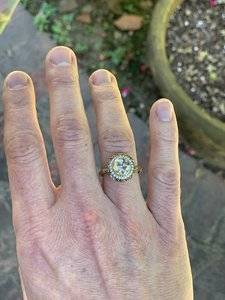
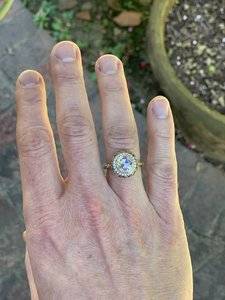
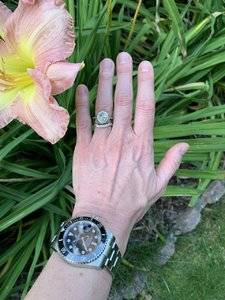
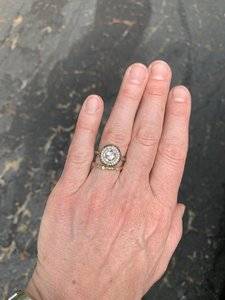
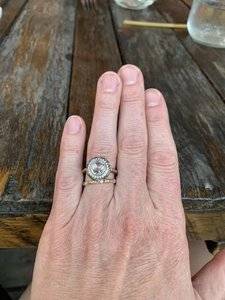


300x240.png)